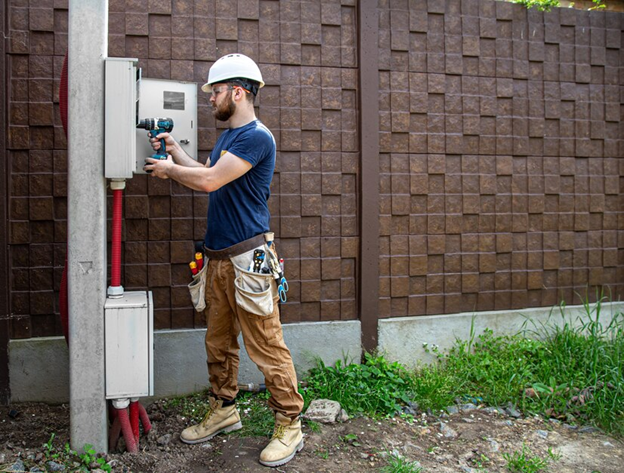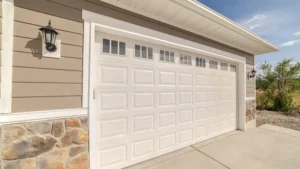Seismic retrofitting services have become crucial in regions prone to earthquakes, aiming to enhance the structural integrity of buildings and ensure the safety of occupants. Among the various components involved in seismic retrofitting, residential drywall installation plays a pivotal role. This article explores how drywall contributes to the seismic resilience of homes, ensuring both functionality and aesthetic appeal.
Understanding Seismic Retrofitting Services
Seismic Retrofitting Services involve modifying existing structures to make them more resistant to seismic activity. This proactive approach helps mitigate potential damage during earthquakes, safeguarding lives and property. Residential properties, in particular, benefit significantly from retrofitting measures that reinforce the building’s ability to withstand ground motion and structural stresses.
The Evolution of Residential Drywall Installation
Drywall, also known as plasterboard or gypsum board, has evolved from traditional lath and plaster construction to become the standard material for interior walls and ceilings. Its lightweight, fire-resistant, and soundproofing properties make it ideal for modern construction practices. In seismic retrofitting, drywall serves as more than just a finishing material—it contributes to the structural stability and safety of the building.
Enhancing Structural Integrity Through Drywall
Strengthening Wall and Ceiling Assemblies
One of the primary roles of drywall in seismic retrofitting is to strengthen wall and ceiling assemblies. By securely fastening drywall panels to framing members, contractors create robust barriers that distribute seismic forces more effectively. This anchoring process helps to prevent wall collapse and minimizes the risk of debris during an earthquake, thereby protecting occupants and preserving the structural integrity of the home.
Mitigating Structural Vulnerabilities
Older homes, especially those built before modern seismic building codes, often lack the necessary reinforcement to withstand significant earthquakes. Retrofitting these structures with drywall involves identifying vulnerable areas and strategically installing additional layers or specialized drywall products designed for seismic resilience. These measures reduce vulnerability by improving load distribution and enhancing overall structural performance.
Special Considerations in Seismic Retrofitting with Drywall
Flexible Seismic Design Principles
Unlike rigid materials, drywall’s flexibility allows it to absorb and dissipate seismic energy, reducing the likelihood of structural failure. Engineers and contractors follow specific seismic design principles when integrating drywall into retrofitting projects, ensuring that the installation meets regulatory standards and enhances the building’s seismic performance without compromising aesthetic or functional aspects.
Integration with Other Retrofitting Measures
Professionally residential drywall install is often integrated with other retrofitting measures, such as foundation anchorage, shear wall reinforcement, and roof bracing. This holistic approach ensures comprehensive seismic protection by addressing multiple structural vulnerabilities simultaneously. The synergy between different retrofitting techniques enhances the overall resilience of residential properties, preparing them for seismic events of varying magnitudes.
Future Trends in Residential Seismic Retrofitting
Innovations in Seismic-Resistant Materials
The ongoing advancements in building materials, including seismic-resistant drywall products, continue to drive innovation in residential seismic retrofitting. Manufacturers are developing enhanced gypsum board formulations and composite panels that offer superior strength and durability against seismic forces. These innovations promise to further elevate the seismic performance standards of retrofitted homes, ensuring long-term safety and resilience.
Integration of Smart Technologies
Emerging trends in smart home technologies are influencing seismic retrofitting practices by incorporating sensors and monitoring systems that provide real-time data on structural integrity. These technological integrations enable proactive maintenance and timely intervention, enhancing the effectiveness of seismic retrofitting efforts and optimizing building performance under seismic stress conditions.




